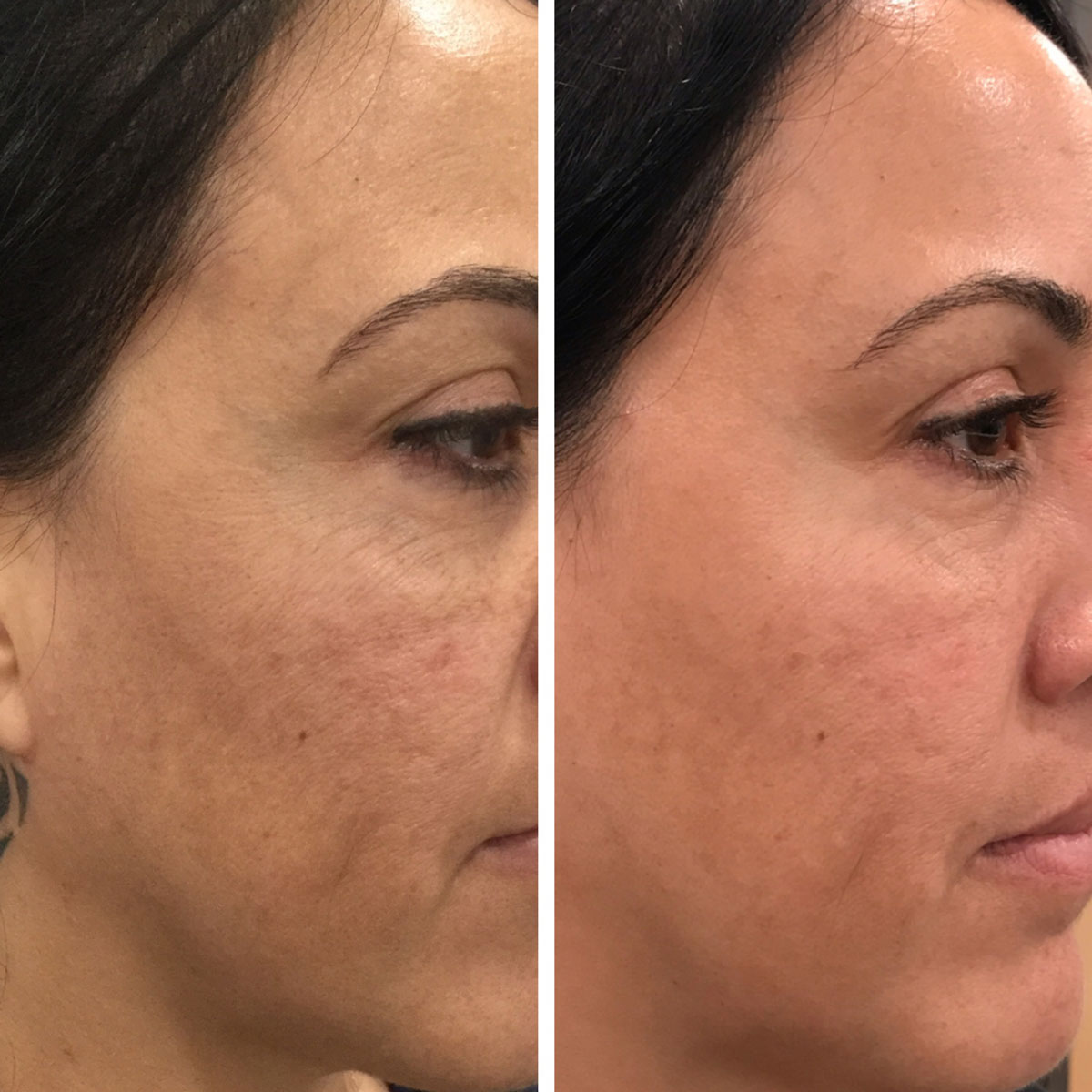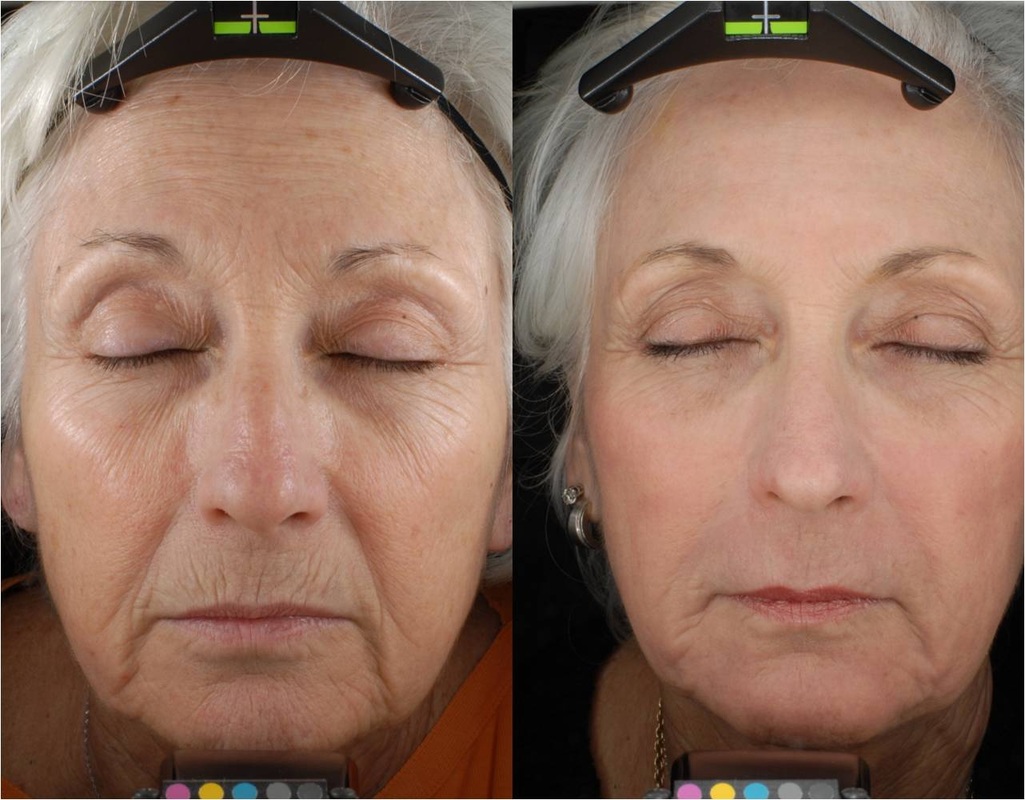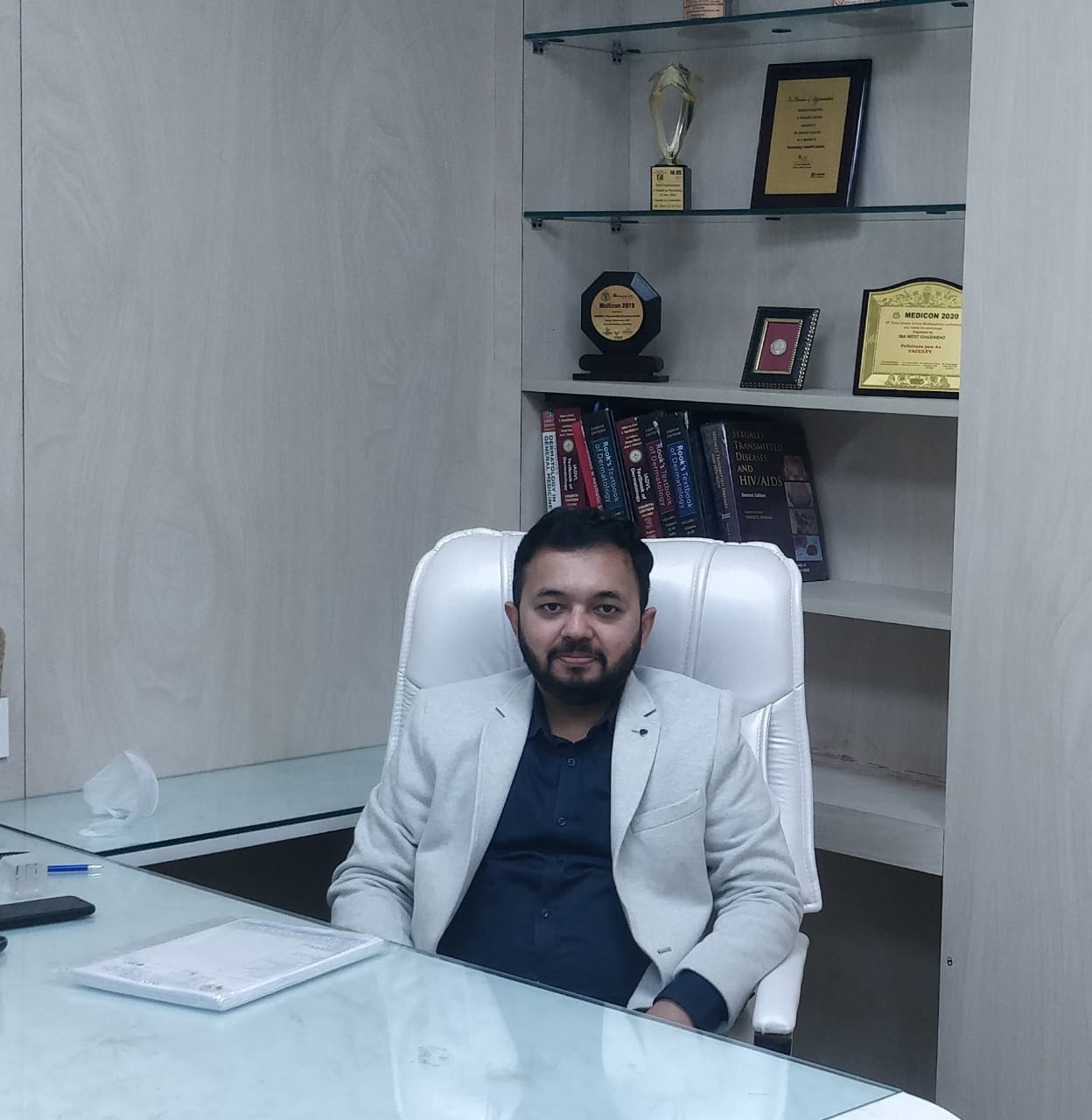What'snon ablative Radiofrequency Skin Rejuvenation
Non-ablative radiofrequency skin rejuvenation is a fairly new skin rejuvenation approach that triggers collagen growth and tightens up sagging skin through the use of radio waves. Sitting at the far end of the electromagnetic spectrum which also includes visible light andx-rays, radio waves are created by an electrical device and conducted into the skin. Popular treatment areas include the face, neck and areas affected by stretch marks. As anon-ablative andnon-invasive fashion, radiofrequency revivification does n’t cut into your skin or blast off layers of it. This makes it analogous to ways like red LED remedy and as like has fewer side effects and quicker recovery times. .
How does it work?
One of the major causes of aged looking skin is the loss of collagen which is caused by a number of factors like UV light, pollution and age. Radiofrequency revivification triggers the production of new collagen through localised heat damage. When radio waves enter the skin, they can interact with certain electrically charged particles and produce an electric current. Electric currents induce heat when they encounter resistance (why your laptop heats up); in this case your skin provides the resistance and heats up as a result. When the collagen already present in your skin heats up too much, it gets warped and reshaped in a process called‘denaturing’. This denaturing is thought to beget the initial shrinking and tightening of the skin seen during treatment. Once your body detects this damage it produces further collagen in a healing response, causing longer term skin tightness, boosting elasticity and reducing wrinkles as collagen levels are increased from before treatmentWhat's the recovery time?
As anon-ablative, non-invasive revivification fashion, radiofrequency revivification wo n’t generally need you to take any time off following the procedure. You might still witness some redness and pain following the treatment that can be treated with topical soothing creams. Who can perform this treatment? Generally these treatments should only be carried out by good medical practitioners. It's a good idea to ask your practitioner if they've undergone training to use these devices and how much experience they've had.Testimonials

I think it’s the best place to get your skin treatment done DR. BHAVUK MITTAL and his team are the expert in skin and hair problems. They take every detail very carefully and give you customized treatment which is best for you. They care and ask for all the updates even after months. So the clinic is good in post procedure also. It’s a one stop solution for all your problems.
Soni Verma

I was suffering from severe itching and hives for the past few months. I was skeptical about consuming oral medication as I was lactating. The doctor was very friendly and patiently solved all my queries. I went from experiencing more than 20 hives per day to less than 1-2 hives in a week with minimal medication.. Thank you!
Himanshu Jain

My forehead was full of unending acne and pimples. I searched on Google and found Dr. Bhavuk Mittal as one of the best skin doctors near me. I rushed to him and within a month I saw improvement in my skin. My acne have just disappeared and I'm really happy. Thanks to Skin Prime and my Dr. Bhavuk Mittal. Thank you!












